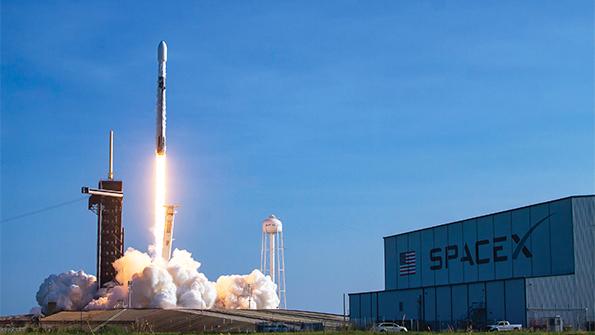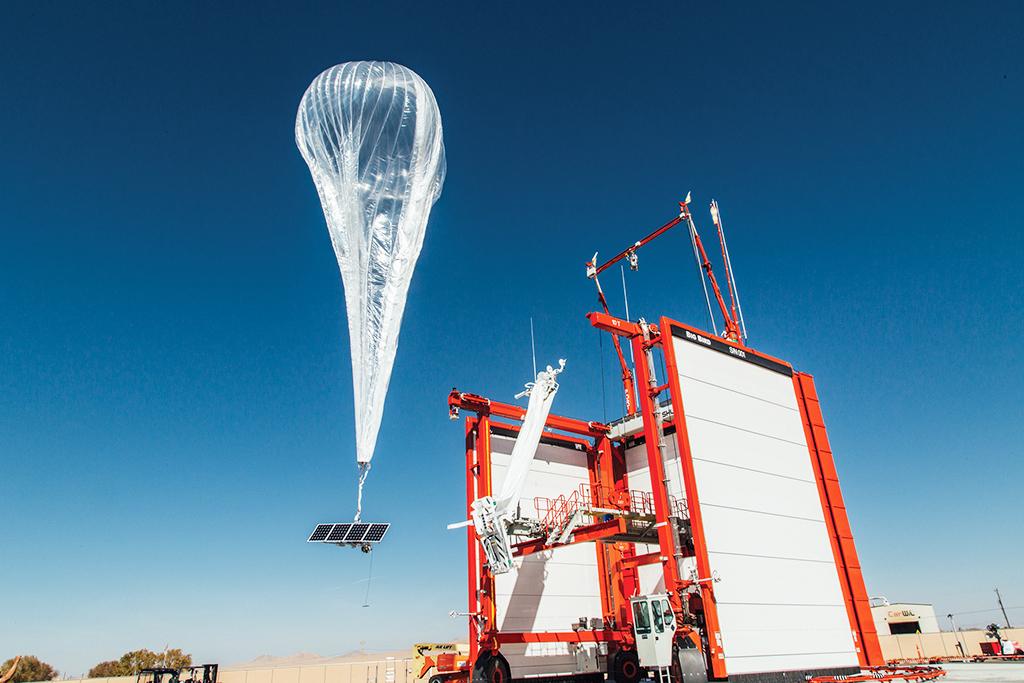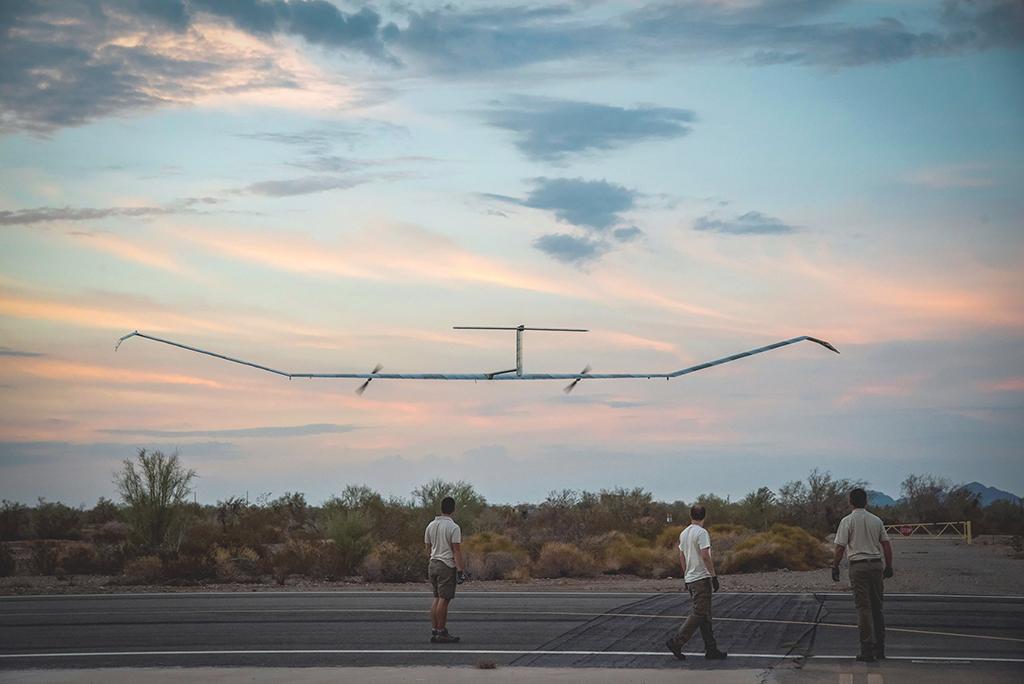
With aircraft movements reduced, technology deployments slowed and many professionals working from home because of the COVID-19 pandemic, the air traffic management industry is contemplating future operational scenarios and what were once considered nontraditional actors in the airspace system.
Despite the pandemic’s impact on traditional aviation operations, the development of small drones, urban air mobility (UAM) vehicles, supersonic jets, commercial spacecraft and high-altitude pseudo-satellites (HAPS) and balloons continues apace.
- Newer airspace entrants represent new revenue
- FAA expects to certify UAM aircraft by 2022
- Airbus and Boeing deliver joint airspace vision
The envisioned mix of new electric- and jet-powered vehicles with differing performance characteristics, high- and low-altitude flights, and integrated manned and unmanned aircraft operations is driving the need for new air traffic management (ATM) procedures and regulations, says the International Civil Aviation Organization (ICAO).
“With unprecedented innovation taking place in the aviation industry, and with the current COVID-19 situation, the long-held assumptions of the future of the aviation industry will be substantially reshaped,” the U.N. agency advises.
Air navigation service providers that are struggling to remain financially viable during the pandemic, as well as third-party service providers, see nontraditional airspace actors as a potential source of new revenue streams.
The state-owned Kenya Civil Aviation Authority (KCAA) is deriving revenue from high-altitude balloons. In July, Telkom Kenya and Alphabet’s Loon launched a new mobile internet service in Kenya. Loon supports the network with a fleet of 35 balloons, each equipped with LTE wireless base stations, that move in constant motion through the stratosphere at 20 km (65,000 ft.) over eastern Africa.

“That is a revenue stream for us because we charge them navigation fees like other airplanes,” says KCAA Director General Gilbert Kibe.
With the number of traffic operations at U.S. Core 30 airports down by 51% from normal in mid-September, drones and UAM vehicles figured prominently during the annual Air Traffic Control Association (ATCA) Technical Symposium, which was held virtually because of the coronavirus pandemic.
Describing his branch as a kind of gateway into the airspace system, Earl Lawrence, executive director of the FAA’s Aircraft Certification Service, said that his office is working on numerous type certification (TC) projects involving electric vertical-takeoff-and-landing (eVTOL) aircraft and drones intended for infrastructure inspection and delivery missions.
The branch is processing 30 unmanned aircraft systems (UAS) type certification applications. Of those applicants, 44% are seeking to fly drones under Part 91 operating rules that apply to general aviation pilots and 32% under Part 135 for commercial air-carrier services.
The balance of 24% of applicants seek to operate drones under both Part 91 and Part 107, the regulation that applies to commercial drones weighing less than 55 lb., says Lawrence.
“I have four active formal TC applications for electric vertical-lift aircraft right now that are going to be the urban air mobility aircraft of the future,” he told the ATCA symposium. “These aren’t concepts; these are full-up active type certification projects. And I expect to be issuing a type certificate to one of these aircraft prior to 2022.”
The branch is also processing multiple applications for supplemental type certificates (STC) to modify existing aircraft with automated flight decks, “literally putting robots in the seats and taking the crews away, particularly for cargo operations,” said Lawrence. “Those are active STC applications, mostly for study right now, but they are coming our way.”
The FAA’s Office of Commercial Space Transportation (AST) had licensed 32 commercial space launches as of mid-September and expected to authorize as many as four more during the fiscal year, setting a new record.
The space office supported as many launches in August as it did in 2010-11 combined, notes Wayne Monteith, FAA associate administrator for commercial space transportation. “Even with a global health emergency, AST is still looking at our busiest year ever, and we’re gearing up to provide 50, 75, 100 operations a year in the near future,” Monteith told a virtual meeting of the Commercial Space Transportation Advisory Committee.
While commercial space activity has ramped up, the FAA had not activated the space data integrator (SDI), a system that feeds telemetry data from rockets as they transition through the airspace into the agency’s traffic flow management system. Years in development, the SDI will help reduce the amount of time and airspace the FAA fences off during launches. Slated to enter service in August, the system has been delayed because of restrictions imposed during the pandemic.
The lapse in traditional air traffic movements has not made AST’s job any easier, FAA Deputy Administrator Dan Elwell informed the ATCA symposium.
“The SDI is not up and running yet,” Elwell acknowledged. “The launches haven’t been made easier because we give out launch licenses and the work of giving out a launch license has not changed. We have been able to refine the [launch] window more dynamically and that’s been a collaborative effort between the operator and the FAA. We have gotten much better both at the airspace we protect and how long the period of time the window is open.”
In March, the FAA released Version 2 of its UAS Traffic Management (UTM) concept of operations. The Version 2 document describes a framework for managing drone traffic up to 400 ft. above ground level, but also addresses increasingly complex operations traversing Class G uncontrolled airspace and other classes of controlled airspace.
The product of a concept originated by NASA in 2013, UTM is founded on a cloud service infrastructure supported by third-party UAS Service Suppliers, acting under the FAA’s regulatory authority, to cooperatively manage low-altitude drone flights through networked information exchanges.
The UTM construct is being validated by the FAA in a second round of field demonstrations. In April, the agency selected the Virginia Tech Mid-Atlantic Aviation Partnership in Blacksburg, Virginia, and Griffiss International Airport in Rome, New York, to test the provision of drone traffic management services under its UTM Pilot Program Phase 2 effort. Data collected during the exercise “will help inform a cross-agency UTM Implementation Plan,” the FAA says.
The ATM units of Boeing and Airbus have produced a joint vision of a single, integrated airspace management system extending up from the ground and encompassing all airspace users. They briefed ICAO’s Air Navigation Commission on the vision in mid-June, in a presentation called “A New Digital Era for Aviation.”
The manufacturers anticipate the merger of UTM and ATM, a convergence that weaves together airspace realms using automation, digitalization and connectivity as common threads. Those technology pillars underpinning UTM will migrate into an airspace system that still relies in large part on human monitoring and intervention and radio-based communications between pilots and controllers.
“In order to make sure that we can integrate different types of vehicles—not only for small drones, not only for the lower part of the airspace—we see UTM as a huge opportunity,” says Isabel del Pozo de Poza, Airbus vice president and head of UTM.
“It’s explicitly the ambition that we share with Boeing, to develop vehicles that can be globally integrated and serve the purpose of the end users,” adds del Pozo in an ICAO video interview. “This needs to be managed in an interoperable way according to global standards and global ways of understanding traffic management. It goes hand in hand with the development of the vehicle.”
Boeing, explaining the joint presentation in a statement to Aviation Week, said: “The aim is to engage all aviation stakeholders by sharing future expectations for airspace and traffic management that will safely accommodate new vehicle operations with existing aircraft. In particular, the ATM system will need to continue to adapt to enable near-term operations, as well as supporting longer-term industry growth and innovation.”
In May, the FAA released a Version 1 concept of operations (conops) for Upper Class E Traffic Management (ETM) of air vehicles operating above 60,000 ft. The document arose from tabletop exercises that NASA’s Ames Research Center hosted with the FAA and aerospace companies in April and December 2019 to gain an understanding of planned flight operations at those lesser-traveled altitudes.
Industry participants in the exercises were Aerion Corp., developer of the AS2 supersonic business jet; Northrop Grumman, manufacturer of the RQ-4 Global Hawk high-altitude, long-endurance UAS; Loon, the Alphabet subsidiary advancing high-altitude balloons; Sceye, developer of stratospheric airships; and AeroVironment, Airbus and Boeing Aurora Flight Sciences, developers of the solar-powered, fixed-wing Hawk30, Zephyr and Odysseus HAPS aircraft, respectively.

There are currently no airspace management provisions specific to civil aircraft operations at that level, the FAA says. The applicable regulations are for operations in Class E airspace at lower altitudes—generally controlled airspace up to 18,000 ft. that is not otherwise classified.
ETM will draw from the same UTM construct that NASA Ames conceived with small drones in mind.
“While ETM development leverages UTM conceptual elements where possible, its cooperative separation environment is modified to support characteristics unique to the airspace—long duration, multinational flights, extreme deltas between vehicle speeds and performance characteristics and high-altitude safety risks, among others,” the conops document states.

